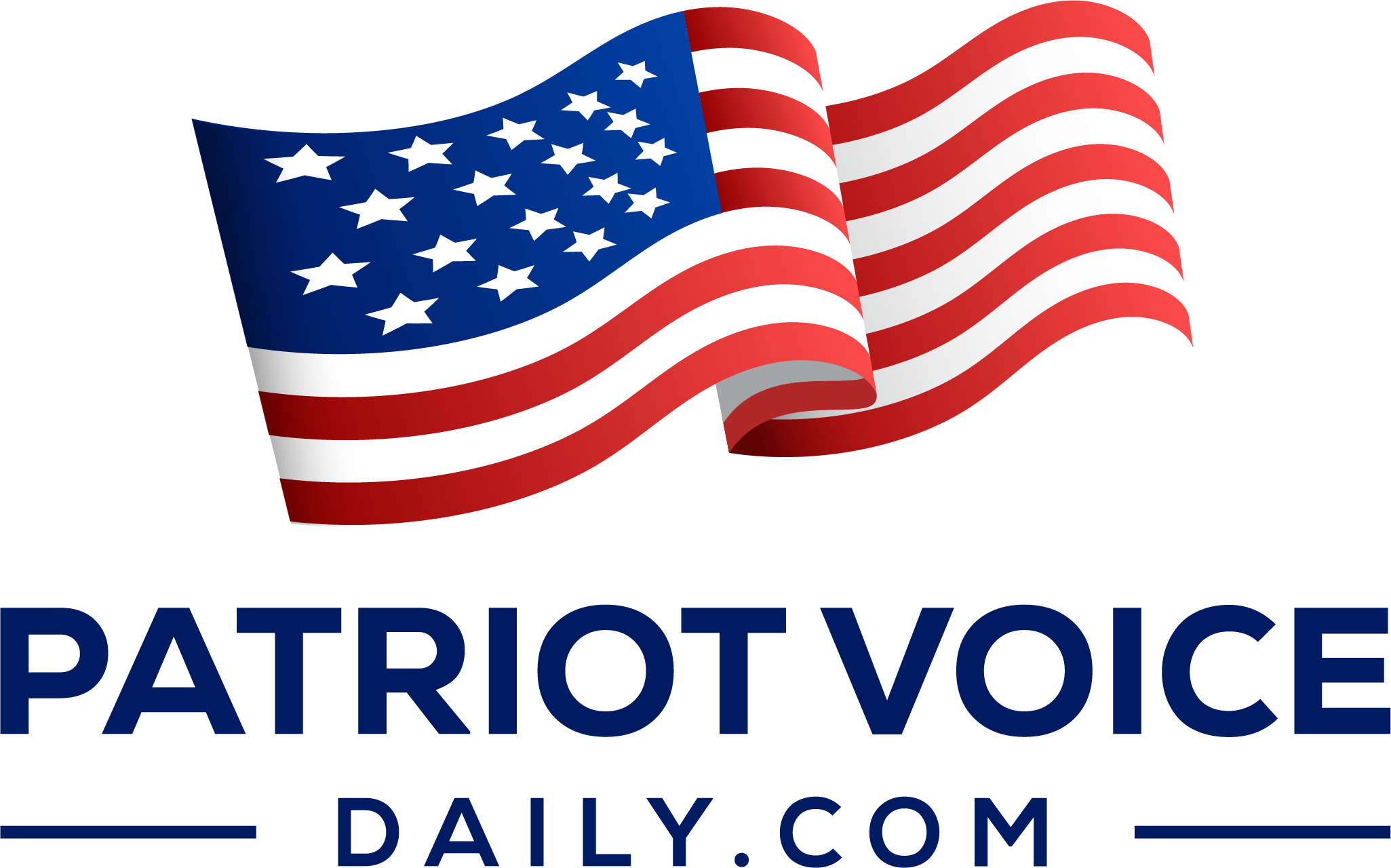The Trump administration’s aggressive rollback of over 125 anti-competitive regulations aims to dismantle barriers stifling market innovation.
Story Highlights
- Trump targets over 125 regulations to boost economic growth.
- Effort focuses on removing barriers that protect incumbents.
- Potential for increased market competition and innovation.
- Critics argue some regulations are necessary for consumer protection.
Trump’s Regulatory Overhaul
President Trump’s administration has launched an extensive initiative to eliminate over 125 agency regulations deemed anti-competitive. These regulations have historically protected incumbent firms by creating barriers to entry for new market players. The administration’s strategy seeks to dismantle these obstacles, fostering a more competitive environment that encourages innovation and benefits consumers through increased choice and lower prices.
Critics of the deregulation effort argue that while reducing barriers to entry can promote competition, it may also compromise consumer protection in certain industries. Safety standards and regulatory compliance, often criticized as barriers, play crucial roles in maintaining product quality and safeguarding public health. The challenge lies in striking a balance between fostering competition and ensuring essential protections remain intact.
Impact on Key Industries
Industries such as technology, pharmaceuticals, and finance are expected to experience significant impacts from the deregulation. In technology, network effects and data dominance have posed significant barriers to new entrants. By addressing these issues, the administration aims to enhance competition and disrupt existing monopolistic practices. In pharmaceuticals, reforms could accelerate the entry of generic drugs, potentially lowering costs and increasing accessibility for consumers.
Financial sectors, where high capital requirements and complex regulations have traditionally favored large incumbents, may also see increased competition. By easing regulatory burdens, the administration hopes to encourage innovation and new market entrants, promoting a more dynamic and competitive financial landscape.
Long-Term Implications
The long-term implications of this deregulation initiative could reshape the competitive landscape across various sectors. By reducing artificial barriers, markets may become more accessible, fostering entrepreneurship and innovation. However, the potential entrenchment of new forms of barriers, such as data dominance in digital markets, remains a concern. Ultimately, the success of this initiative will depend on carefully balancing deregulation with necessary protections to ensure fair competition and consumer welfare.
EXCLUSIVE: Over 125 ‘Anti-Competitive’ Agency Regulations Put On Chopping Block To Advance Trump’s Economic Agenda https://t.co/GMx2J8oi6H
— IJR (@TheIJR) September 17, 2025
This significant policy shift represents a departure from previous administrations’ approaches, highlighting the Trump administration’s commitment to advancing economic growth through competition. By addressing both natural and artificial barriers, there is potential for a more equitable market landscape that aligns with conservative values of individual liberty and limited government intervention.
Sources:
Wall Street Prep: Barriers to Entry
